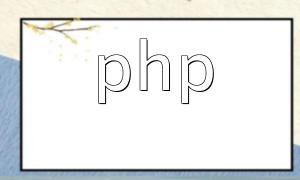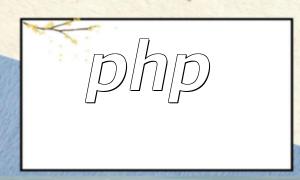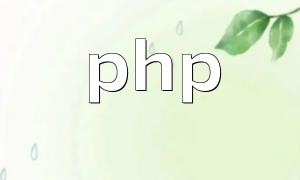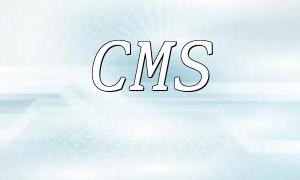In PHP development, properly handling exceptions is crucial for ensuring the stability and reliability of applications. This article introduces best practices for PHP exception handling and demonstrates how to effectively manage errors with examples.
The most basic way to handle exceptions is by using try-catch blocks:
try {
// Code that may throw an exception
} catch (Exception $e) {
// Handle the exception
}Creating custom exception classes can provide more specific error messages:
class MyException extends Exception {
public function __construct($message, $code = 0, Exception $previous = null) {
parent::__construct($message, $code, $previous);
}
}Throw a custom exception when needed:
throw new MyException("Custom error message");Logging exception messages can help with debugging and troubleshooting:
try {
// Code that may throw an exception
} catch (Exception $e) {
// Handle the exception
error_log($e->getMessage());
}Global exception handlers can lead to unexpected behavior. It is recommended to explicitly handle exceptions within specific code blocks.
Sometimes it is necessary to rethrow an exception after catching it for further handling:
try {
// Code that may throw an exception
} catch (Exception $e) {
// Handle and rethrow the exception
throw $e;
}Consider a function that reads a file:
function readFile($filename) {
if (!file_exists($filename)) {
throw new FileNotFoundException("File does not exist");
}
return file_get_contents($filename);
}When calling the function, use try-catch to handle the custom exception:
try {
$content = readFile("myfile.txt");
} catch (FileNotFoundException $e) {
// Handle file not found exception
}Following these best practices significantly improves PHP application's exception handling, making the code more robust, maintainable, and easier to debug. Proper use of try-catch, custom exceptions, and logging is key to building reliable applications.









